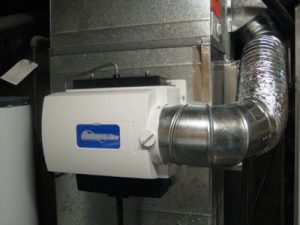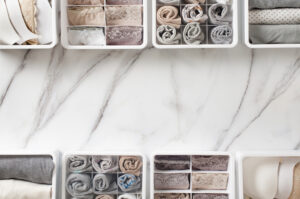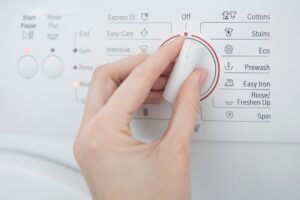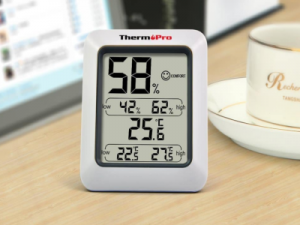
6. Wash your pan properly
Steel wool, scouring pads, or hard scrubbing brushes should never be used to clean nonstick pans since they can scratch the surface. Nonstick pans can easily be cleaned with a quick scrub using mild dish soap and a soft cloth or sponge. If the residue is really tough, you might need to soak the pan in warm, soapy water for a few hours before carefully cleaning it.
Bottom line:
We all know that our money was well spent when the product we purchased lasted for years without breaking down. That’s why endurance is the key to every purchase we make, kitchenware doesn’t get excluded from this because we want sustainable products that can help us make tasty and healthy food that won’t start wearing off after just a couple of uses. Nonstick pans have become a thing in the past decade, and most of them have a higher quality compared to regular ones. In order to prolong their shelf lives, we must take good care of them, following these six simple steps, and replace them every three to four years, or when needed.
If you find this article useful, we recommend you read more from our How to Guides section and one of them is 5 Homemade Window Cleaners That Are Better Than Store-Bought.

































